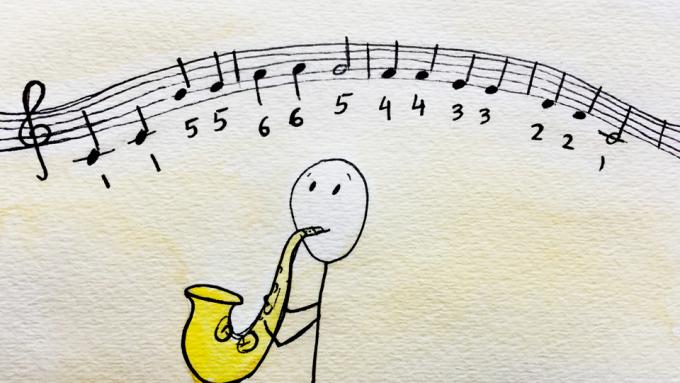I am totally immersed in your system and find that Exercise 2 will keep me busy for the next few months. I practice IFR every day for about one hour. What comfort level should I hope to achieve in Exercise 2 before trying to attempt Exercise 3?
If I identify a particular note as the tonal center of a song, how can I tell which note of the major scale it is (e.g. note 4)?
In IFR Jam Tracks Level 4: Mixed Harmony Essentials, we study both the b7 chord and the 2D chord. What's interesting about these chords is that they have a very direct relationship with chords 4 and 5D from the major scale.
In this lesson we study the uplifting movement from the 1 chord to the 3- chord, which is very common in popular music. And we will sing Melody Paths over the chord progression 1, 3-, 4, 5D.
For IFR students practicing Exercise 3: Pure Harmony, this video lesson demonstrates a great way to accelerate your mastery of all seven chords. By studying these chords in adjacent pairs, we can learn to visualize all of these sounds in the tonal octave much faster.
I play the five string banjo with open G tuning. Yesterday I bought the IFR method book and I see that guitar and bass players use a special version of Exercise 1. Is there a special version of Exercise 1 for banjo?
I'm currently singing and playing short tunes like nursery rhymes, hymns, etc. The way I do it is that I will play a tune only once and try to make my best attempt at playing the correct notes the very first time. Is this approach a good one?
I'm wondering about the trombone? The image you use of the notes being connected as one long chain doesn’t really fit with the trombone because the notes are not evenly spaced. Do you have any suggestions?
This is a practice video for Improvise for Real students who are studying the song ‘All of Me’ from IFR Standards Workout 1. In this video we will practice the IFR ear training exercise Melody Paths over the first two lines of the song.









